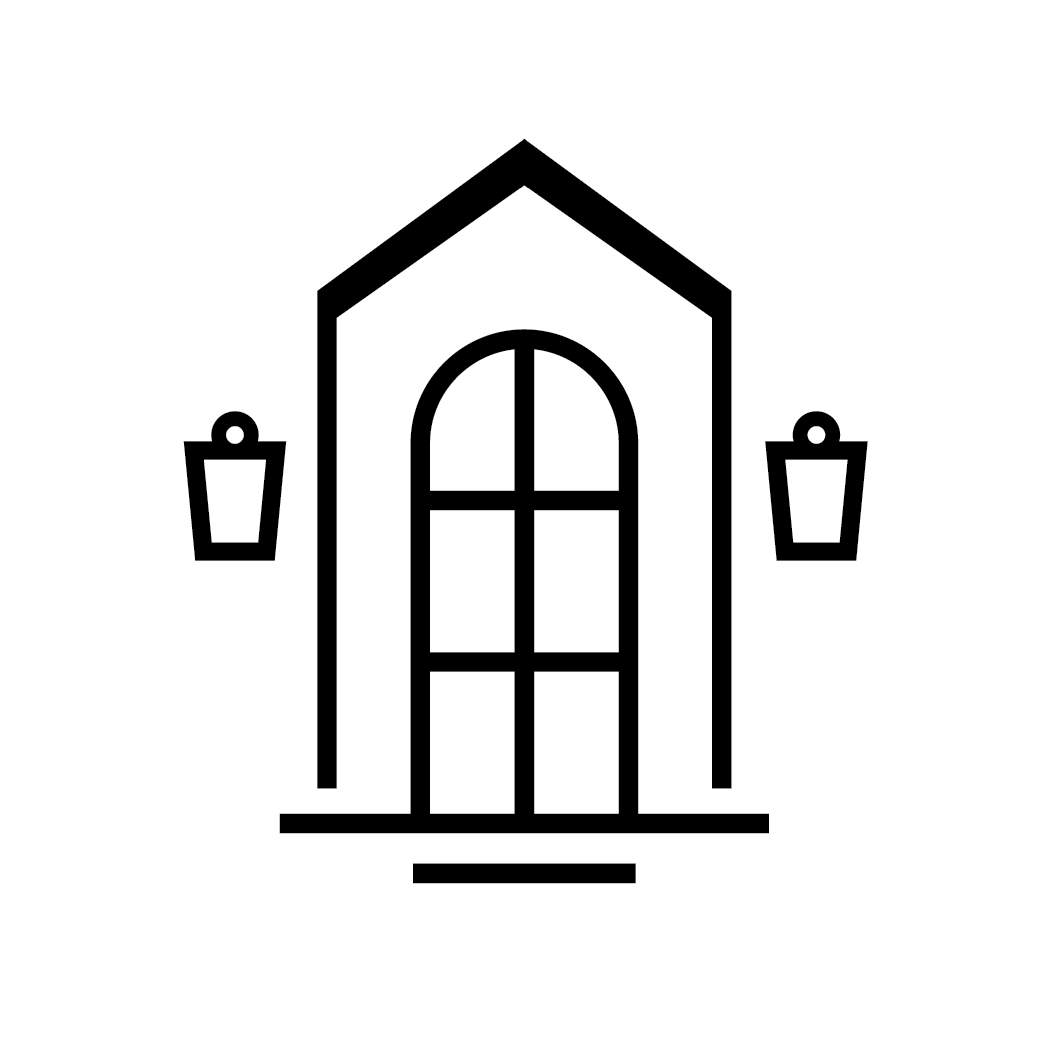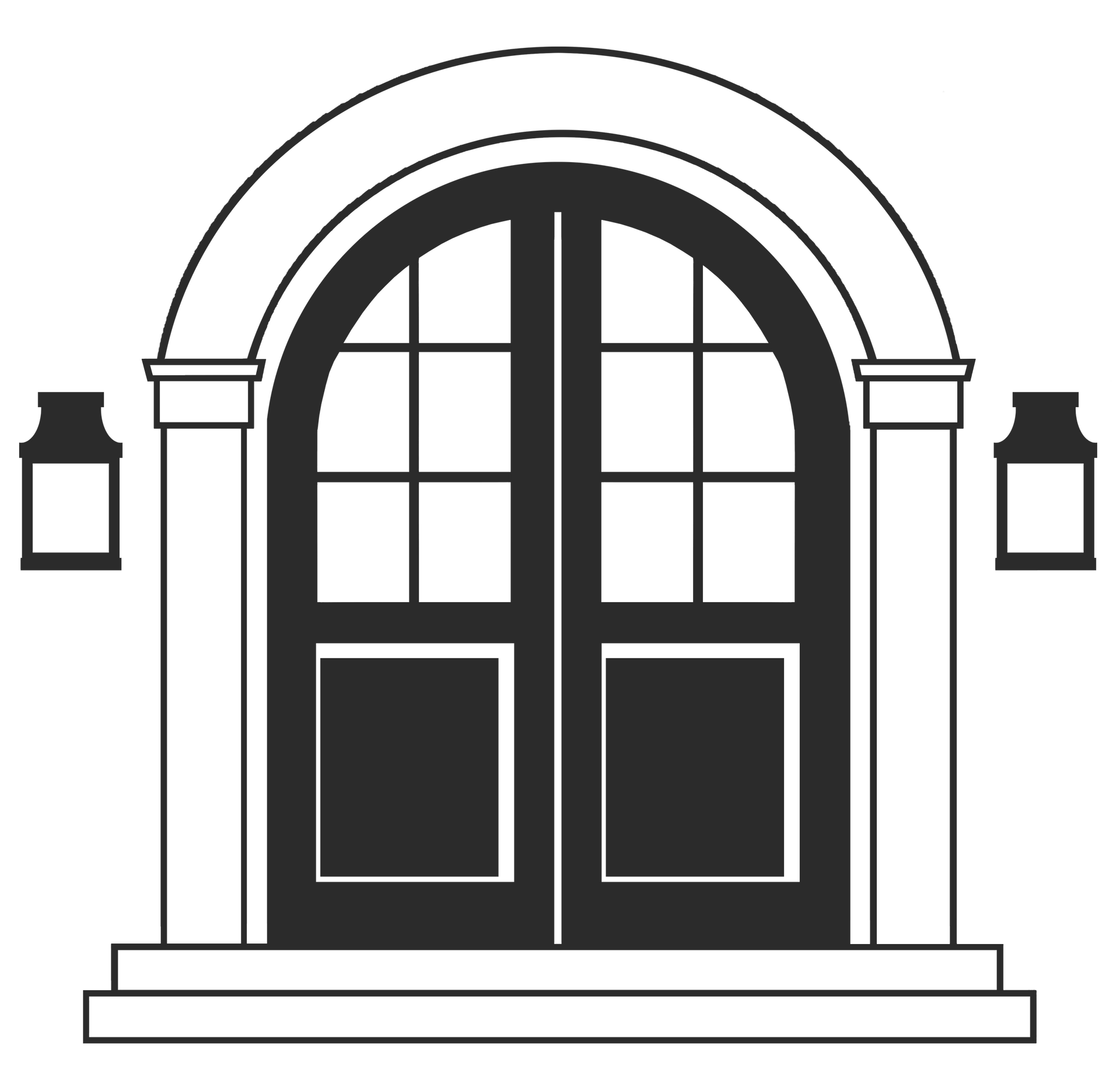Lighting Design 101: Illuminating Your Space with Style
Lighting is a crucial element in interior design, as it can transform the ambiance and functionality of any space. Whether designing a cozy living room or a productive home office, understanding the lighting design principles can help you create a visually appealing and practical environment.
The Importance of Lighting
Light is essential for our well-being, affecting our mood, productivity, and overall comfort. Proper lighting can make a room feel warm and inviting, while poor lighting can lead to eye strain, headaches, and discomfort. By understanding the importance of lighting in interior design, you can create spaces that are not only beautiful but also functional and comfortable.
The Three Layers of Lighting
Effective lighting design involves layering different types of lighting to create a balanced and visually appealing environment. The three main layers of lighting are:
Ambient Lighting
Ambient lighting is a room's primary illumination source, providing an overall glow that sets the tone for the space. Overhead fixtures like chandeliers, pendant lights, or recessed lighting typically provide this layer. Ambient lighting should be bright enough for easy navigation and general tasks but not so bright that it becomes overwhelming.
Task Lighting
Task lighting is designed to illuminate areas where focused light is needed, such as reading nooks, workstations, or kitchen counters. This layer of lighting helps reduce eye strain and improves visibility for tasks that require detailed attention. Examples of task lighting include desk lamps, under-cabinet lighting, and adjustable wall sconces.
Accent Lighting
Accent lighting highlights a room's specific features or focal points, such as artwork, architectural details, or decorative elements. This lighting layer adds depth and interest to a space, creating a sense of drama and visual interest. Examples of accent lighting include track lighting, picture lights, and directional recessed lighting.
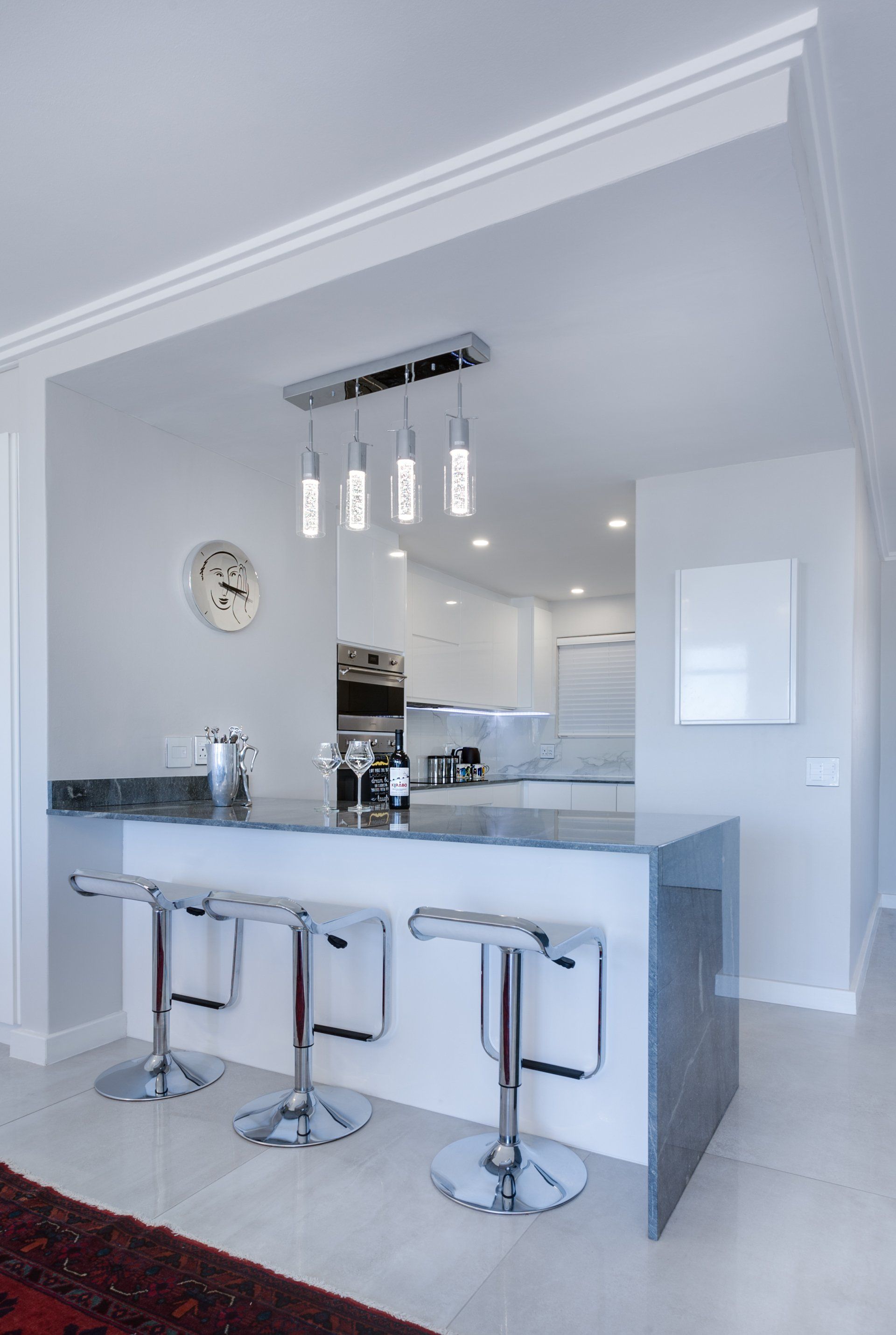
Types of Light Sources
When selecting lighting fixtures, it’s essential to consider the type of light source they utilize. Here are the most prevalent types of light sources you might consider:
Incandescent Bulbs
Incandescent bulbs are the classic choice for lighting, emitting a warm, yellowish light. They are affordable and widely available but typically have a shorter lifespan and are less energy-efficient than other lighting options.
Halogen Bulbs
Halogen bulbs are a refined version of incandescent bulbs. They utilize halogen gas to create a brighter and whiter light. They offer better energy efficiency and a longer lifespan than standard incandescent bulbs, but they produce more heat and can be pricier.
Fluorescent Bulbs
Fluorescent bulbs generate bright, white light and are recognized for their energy-saving capabilities. They are frequently found in commercial, institutional, and residential settings, especially in kitchens and bathrooms.
LED Bulbs
LED (Light-Emitting Diode) bulbs are currently the most energy-efficient and durable option. They emit a bright, clear light that can be adjusted to various color temperatures, ranging from warm to cool. LEDs are versatile and suitable for tasks, accents, and even ambient lighting.
Lighting Placement and Measurements
Creating an effective lighting plan requires careful consideration of fixture placement and measurements to achieve functionality and aesthetic appeal. Here are some critical factors to keep in mind:
- The height of the ceiling and dimensions of the room
- The spacing between fixtures and the surfaces they illuminate
- The angle and direction of the light
- The overall harmony and symmetry of the lighting arrangement
By thoughtfully addressing these elements, you can develop a lighting scheme that is both practical and visually pleasing.
The Value of Professional Interior Designers
While it’s certainly possible to create a lighting plan on your own, enlisting the help of a professional interior designer can provide numerous advantages. These experts possess a deep understanding of lighting design principles and can assist you in crafting a cohesive and attractive lighting strategy that aligns with your overall design vision. They can also guide you through the extensive variety of lighting options available, ensuring that you select functional and stylish fixtures.
Moreover, professional interior designers often have access to a broader range of lighting resources, including wholesale suppliers and custom fabrication services. This access can help you discover unique and high-quality lighting fixtures that may not be easily found in retail stores.
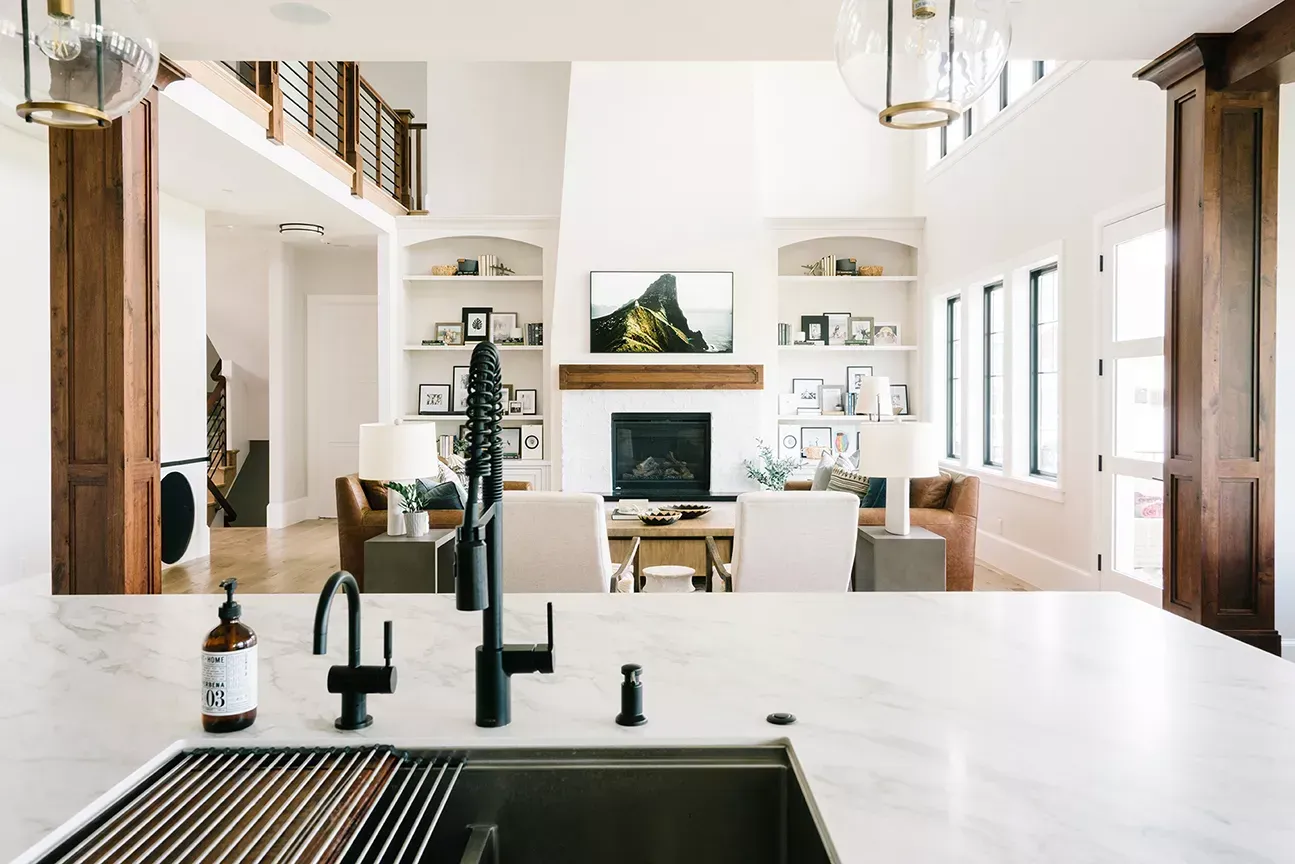
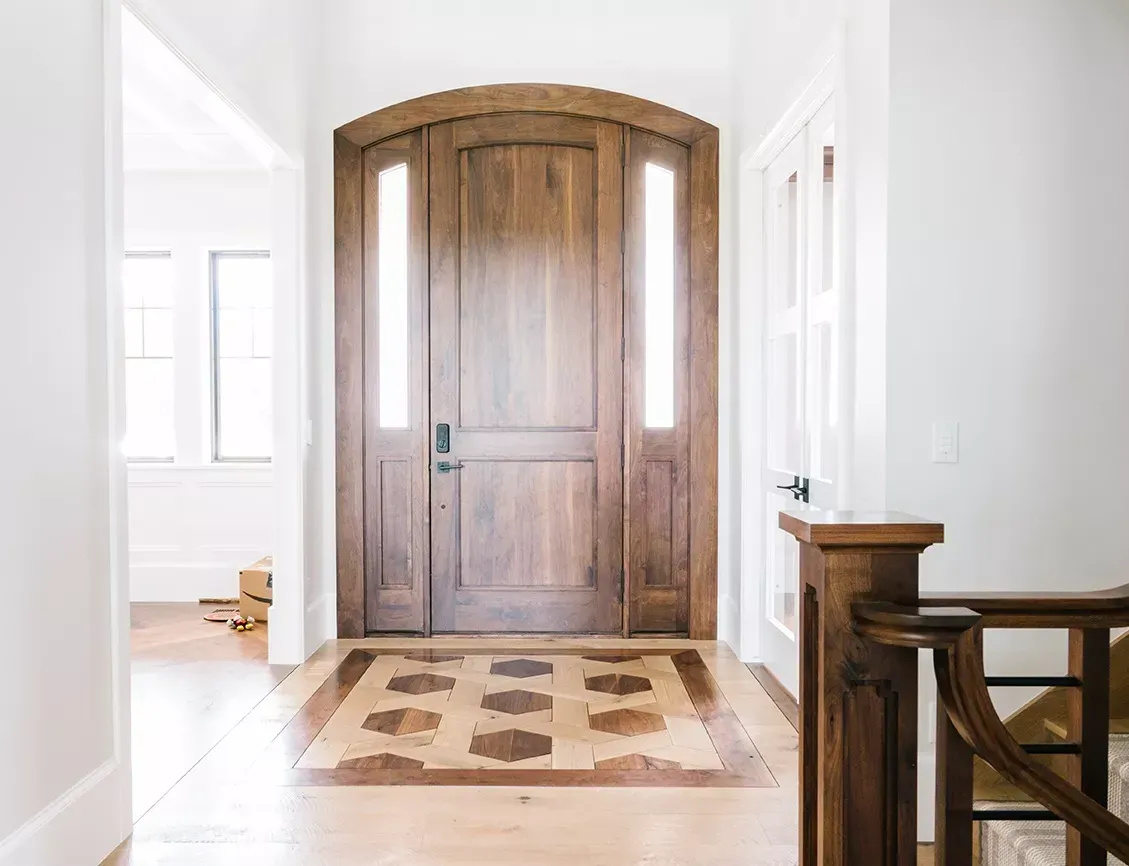
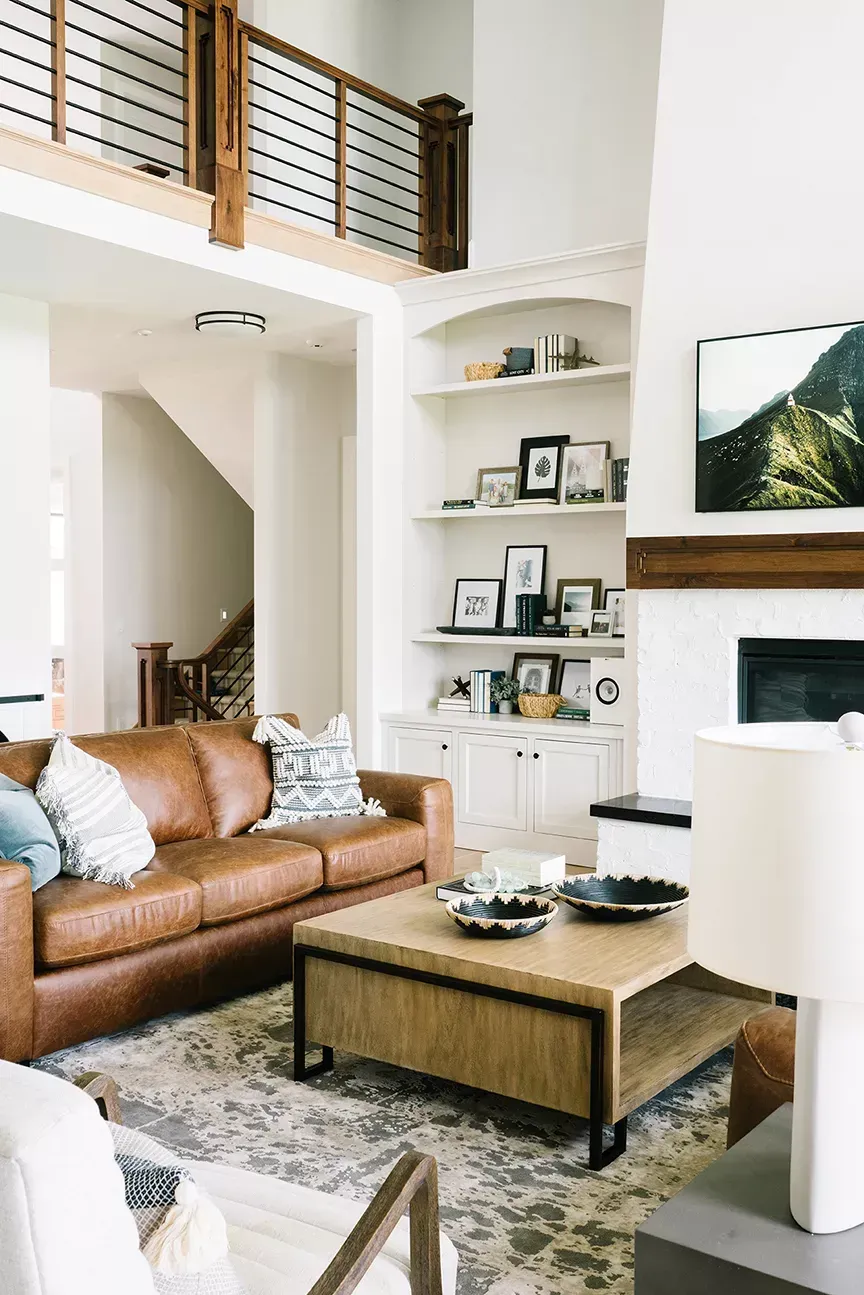
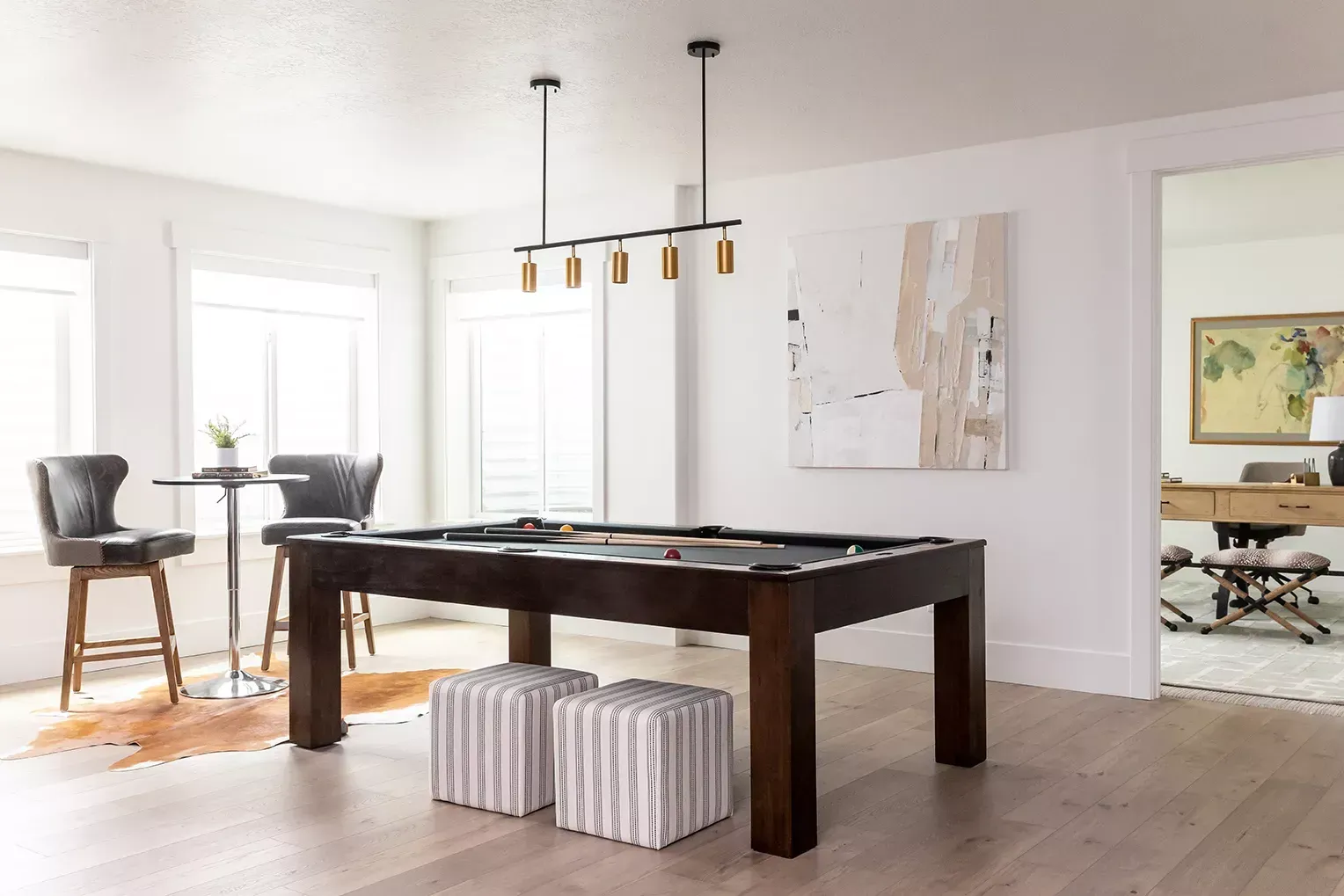
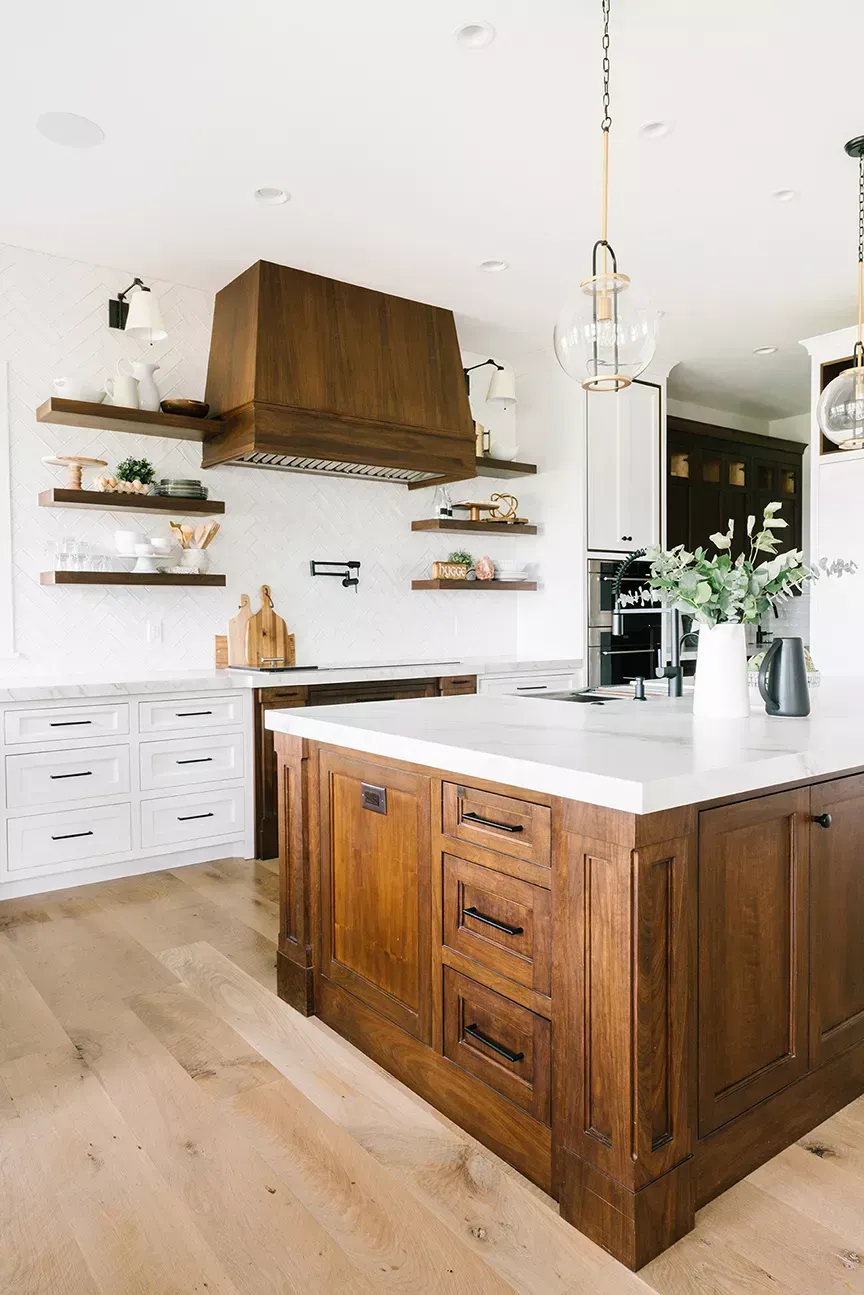
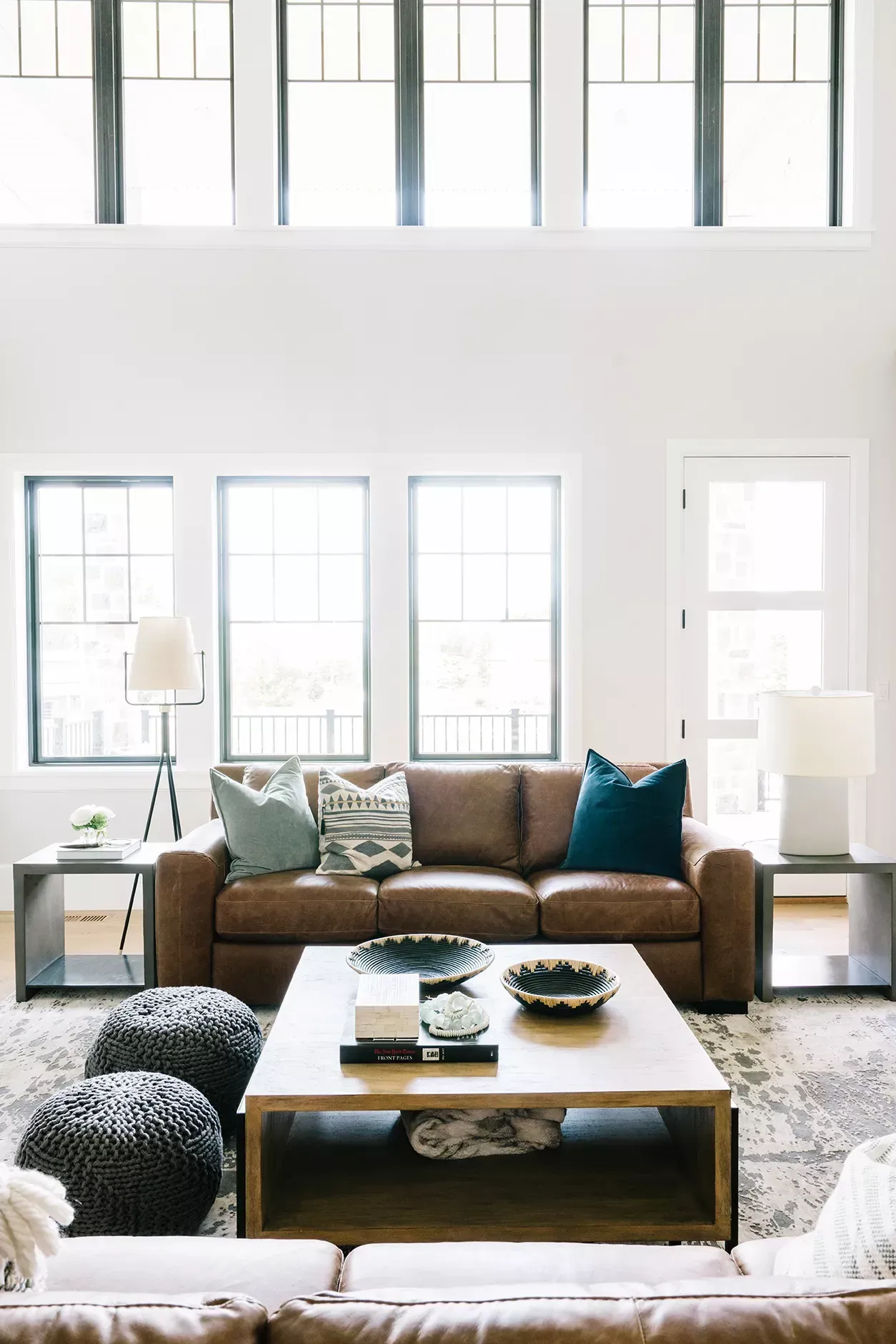
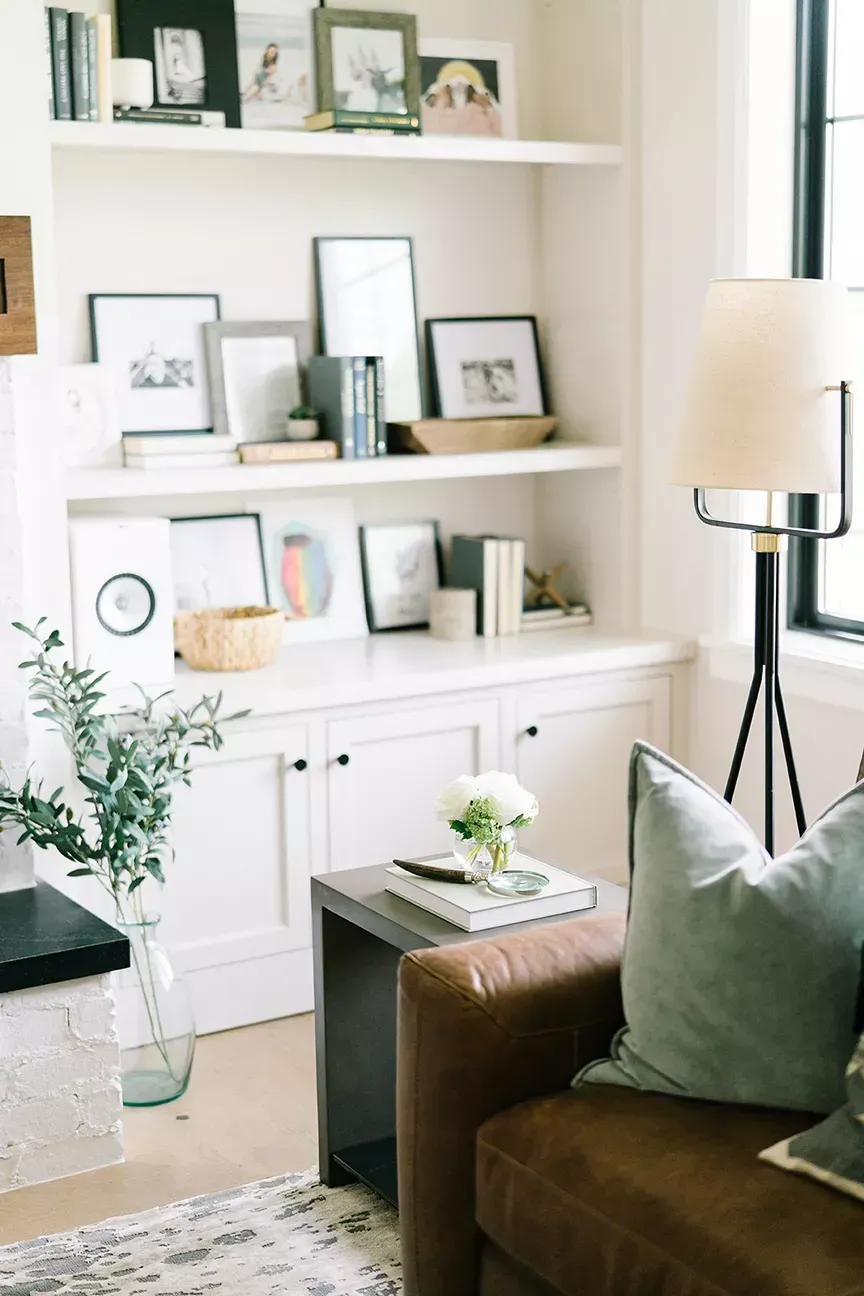
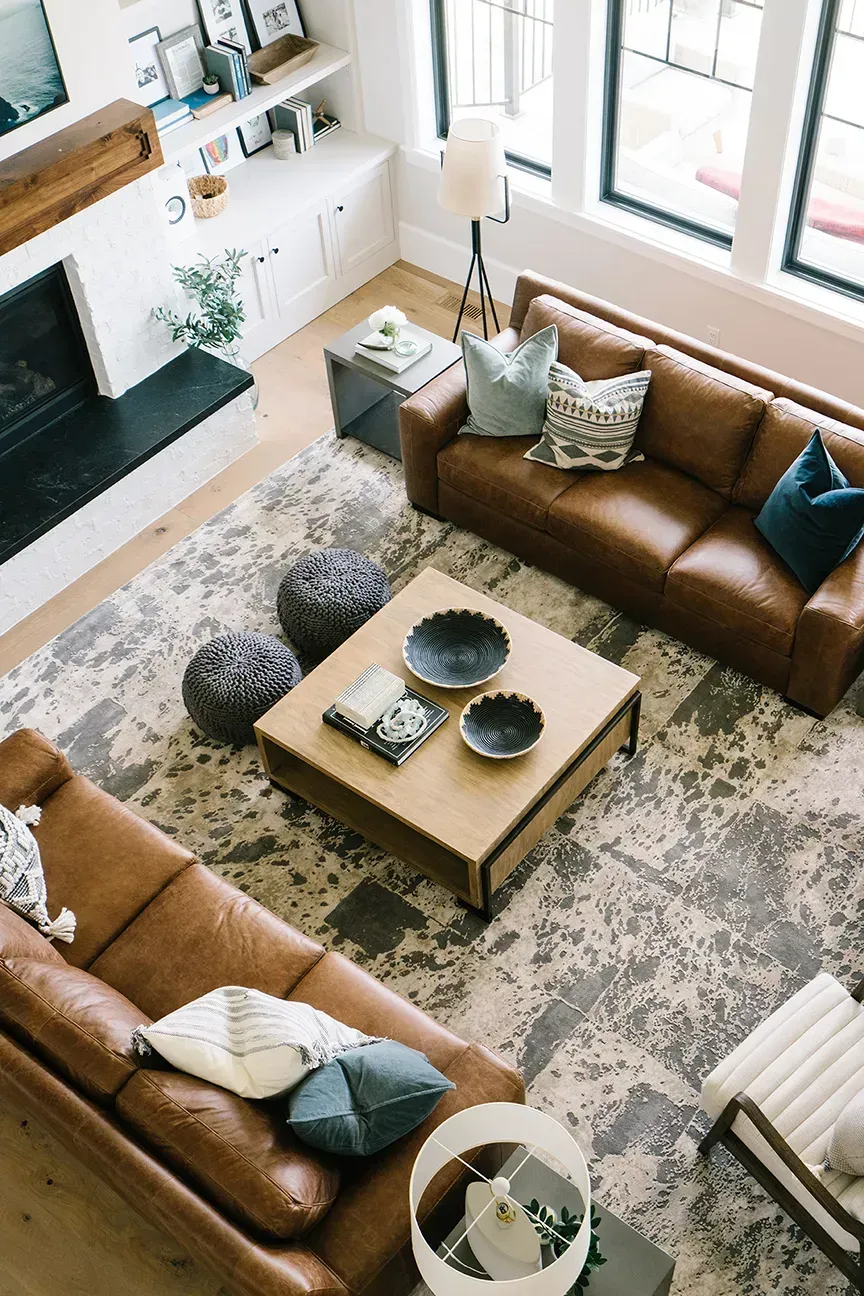

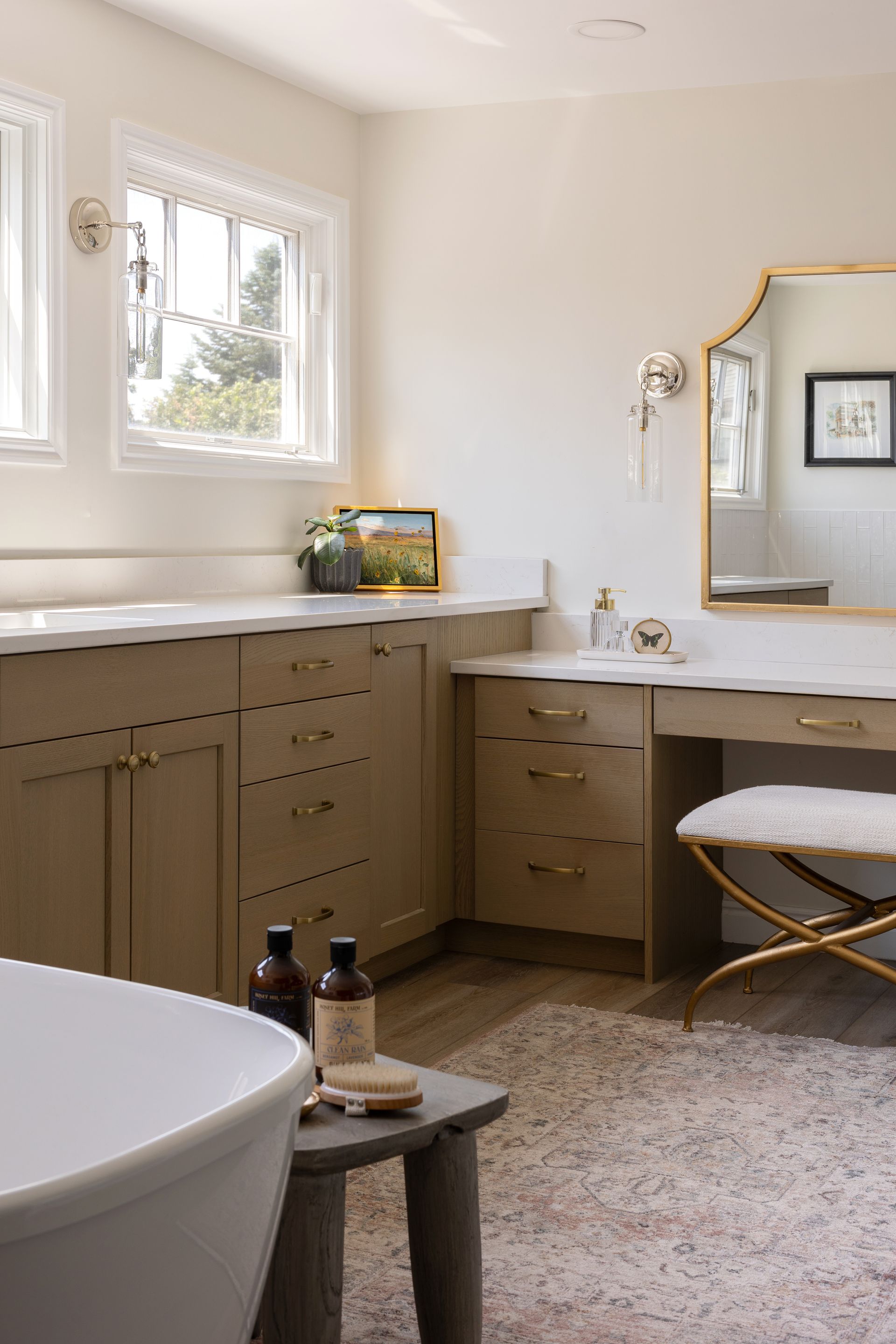
Book a Discovery Call
We’d love to hear about your current or upcoming project and see how we can help you!
